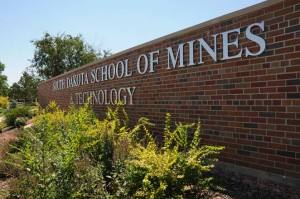Researchers have been constantly looking out for ways for harnessing the electroactive microorganisms for bioelectricity production, microbial electrolysis, electromethanogenesis, and electro-fermentation. Electron transfer resistance between the microorganisms-electrodes remains a major limitation in improving the performance of microbial electrochemical systems such as microbial fuel cells, microbial electrolysis cells, and microbial electrosynthesis process. A novel strategy for improving the direct electron transfer by wrapping the microorganisms using graphene sheets is reported.

Researchers at the South Dakota School of Mines and Technology, SD, and Center for Nano-Advanced Manufacturing in SD have demonstrated the use of biologically reduced graphene oxide could aid in improving the direct electron transfer rates at electrode-electrolyte interfaces. Electroactive microorganisms that are the key players in these processes will mediate electron transfer via direct and mediated electron transfer mechanisms. Direct electron transfer has several advantages in terms of electron transfer rates over the use of electron shuttling compounds. “The use of wrapping strategy helps to harnessing the maximum number of electrons from the conductive membrane proteins in surface of the microbes and transfer to the electrodes” says Navanietha Krishnaraj, corresponding author of this article. He adds, “This strategy will help to increase the electron transfer kinetics leading to improved performance of microbial fuel cells, microbial electrolysis, microbial desalination cells, microbial electrosynthesis, and electromethanogenesis”. The use of biologically produced graphene which is biocompatible is another added advantage in this process. The authors have demonstrated that this strategy could enhance the power output up to 1 mA cm−2. The findings were published in the journal Bioresource Technology in May 2018.
This work is supported by National Science Foundation-Building Genome-to-Phenome Infrastructure for Regulating Methane in Deep and Extreme Environments (BuG ReMeDEE) initiative (Award # 1736255).
Text provided by South Dakota School of Mines and Technology, SDMS&T, Department of Chemical and Biological Engineering.


